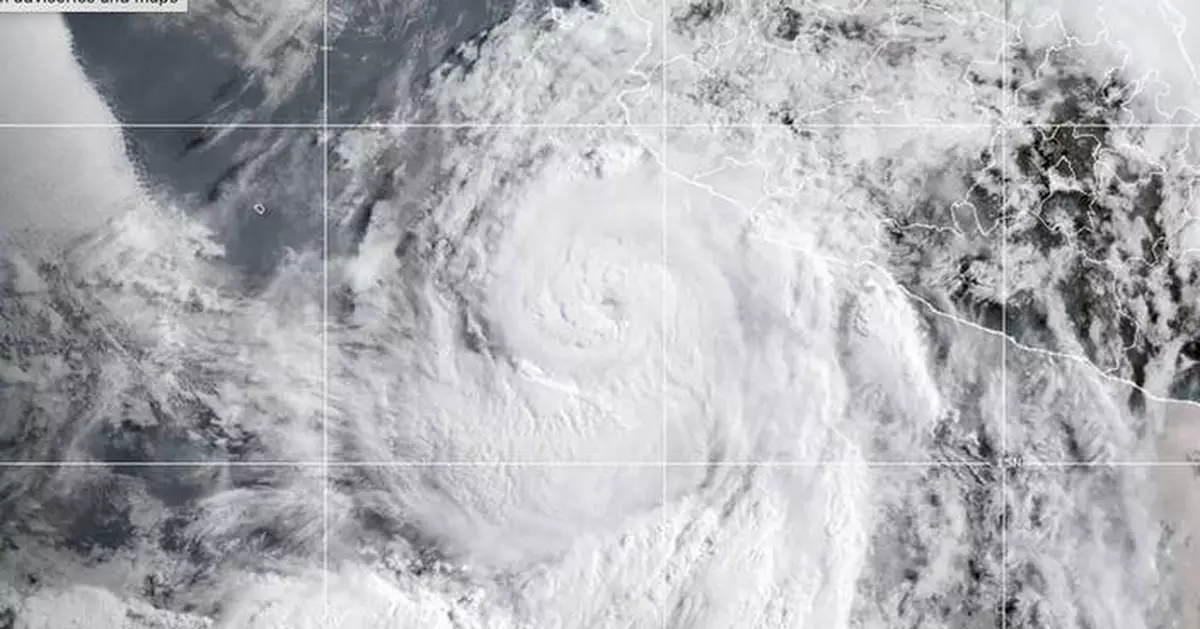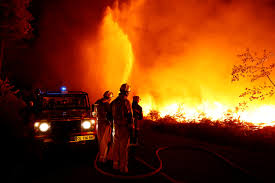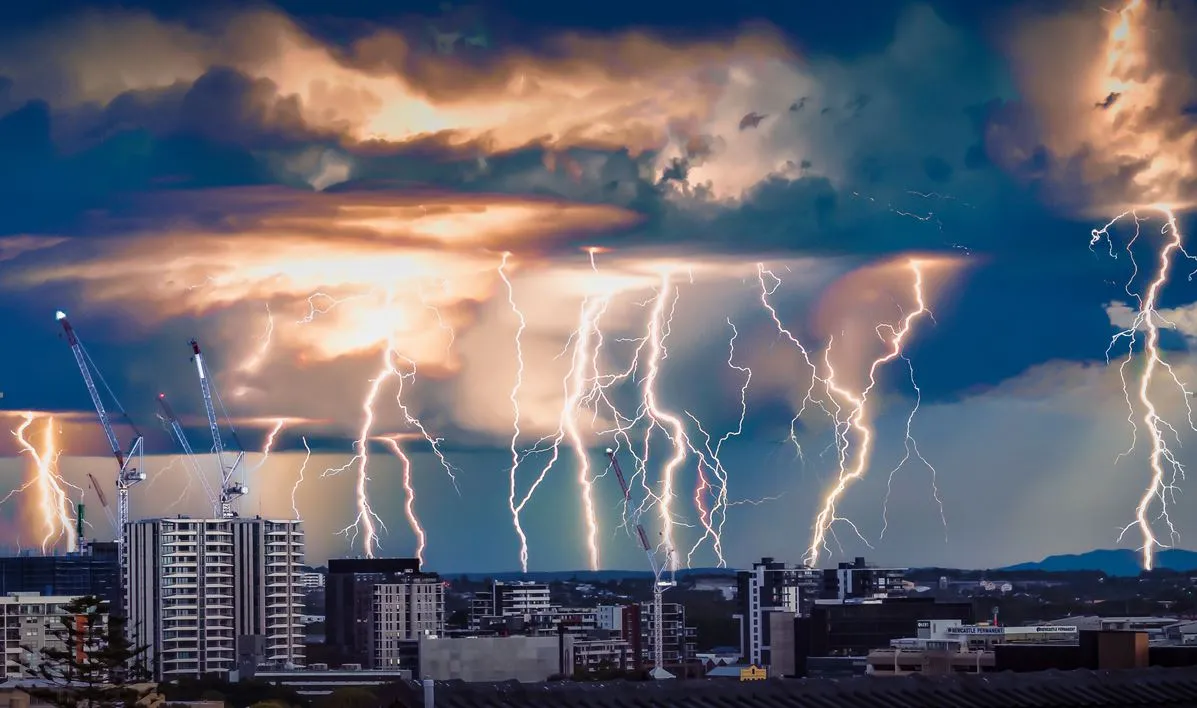
Cat 1 Hurricane Flossie hits Pacific coast
Hurricane Flossie Makes Landfall as Category 1 Storm, Bringing Wind, Floods, and Urgency to Pacific Coast
In the early hours of Tuesday morning, Hurricane Flossie made landfall on the Pacific coast as a Category 1 storm, unleashing strong winds, torrential rains, and surging tides that impacted thousands along the shoreline and in inland communities. With sustained wind speeds reaching 80 mph (129 km/h) and gusts clocked above 95 mph in some areas, the storm, while not as powerful as higher category hurricanes, proved fierce enough to cause flooding, downed trees, power outages, and widespread disruption. Flossie’s arrival, long monitored by meteorologists as it churned across the Pacific, underscores the unpredictable nature of tropical systems and the increasing vulnerability of coastal regions due to climate variability.
Originating from a tropical depression southwest of the Baja California Peninsula, Flossie gradually intensified over warm Pacific waters, becoming a tropical storm before strengthening into a hurricane just 36 hours before landfall. The storm made landfall just south of Puerto Vallarta, Mexico, lashing the region with intense rain and storm surges. Emergency response teams were already on alert thanks to accurate satellite data and early forecasting models, which gave local authorities a crucial window to evacuate vulnerable zones. Despite the rapid preparation efforts, many communities still found themselves battling flash floods and infrastructure damage as the storm passed through.
In towns like Barra de Navidad and Manzanillo, streets were transformed into fast flowing rivers within hours, and waves pounded the seawalls, breaching coastal defenses in some locations. Residents described scenes of chaos as power lines snapped and rooftops were peeled away by sudden gusts. Emergency shelters quickly filled as families abandoned homes in low lying areas, and local police and military units were deployed to assist in rescue and relief efforts. Meanwhile, inland regions faced landslides as the saturated ground gave way under relentless downpours. The mountainous terrain of western Mexico, already prone to erosion, became a focal point for emergency monitoring.
Despite its Category 1 status, Flossie’s size and moisture content made it a particularly dangerous storm. The hurricane’s outer bands stretched for hundreds of miles, meaning areas far from the center of circulation still experienced hazardous conditions. Over 200 mm (8 inches) of rain fell in less than 24 hours in some locations, triggering flash flood warnings across multiple states. Authorities also warned of dangerous rip currents and hazardous marine conditions, prompting the closure of ports and the suspension of ferry services. While airports remained operational in most cases, several flights were delayed or rerouted to avoid the storm’s path.
One of the more concerning impacts of Flossie has been the strain it placed on emergency infrastructure. In the town of Cihuatlán, the local hospital was briefly evacuated after a backup generator failed, leaving critical care patients vulnerable during the storm’s peak. Though power was quickly restored, the incident highlighted the fragility of infrastructure in the face of even moderate hurricanes. Telecommunication networks were also disrupted, leaving many residents unable to contact loved ones or emergency services. Cell towers were either damaged or overwhelmed, and internet services were patchy at best across much of the affected zone.
In the days leading up to landfall, government agencies had issued advisories urging residents to stock up on food, water, and essential supplies. Relief organizations including the Mexican Red Cross pre positioned emergency kits in anticipated impact zones, distributing tarps, bottled water, and hygiene products in the immediate aftermath. Initial reports suggest that more than 50,000 people were directly affected, either through displacement, injury, or property damage. While no fatalities have been confirmed at the time of writing, several people remain unaccounted for in remote rural regions, and search and rescue operations are ongoing with the support of helicopters and drone surveillance.
Climate experts are using Hurricane Flossie as yet another example of the need to reassess how we prepare for storms in a warming world. While Category 1 hurricanes are generally considered “low level” on the Saffir Simpson scale, the scale does not account for rainfall intensity, size, or duration factors which can make even lower category storms deadly. With sea surface temperatures trending higher due to climate change, storms like Flossie may continue to form with greater frequency and moisture content. Additionally, urban sprawl into flood prone regions has heightened the risk of disaster even in storms previously considered manageable. The long term solution, experts argue, will involve not just better forecasting, but smarter land use planning and more robust infrastructure investment.
As Flossie continues to weaken while moving inland, attention now turns to the recovery process. Municipal leaders are assessing damage, clearing roads, and restoring utilities. Insurance claims are expected to spike, especially in areas where storm surge breached buildings and inundated vehicles. Federal disaster declarations are likely, opening up emergency funding for affected municipalities. Meanwhile, environmental groups are urging officials to monitor river pollution and erosion in the wake of the floods, as stormwater runoff carries debris, oils, and untreated waste into sensitive marine and freshwater ecosystems. These environmental impacts may not be immediately visible but could have lasting consequences for biodiversity and water quality.
In conclusion, Hurricane Flossie’s landfall as a Category 1 hurricane serves as a stark reminder that even the “weaker” storms on record can cause widespread damage and disruption when conditions align. From severe flooding and infrastructure breakdowns to displacement and long term recovery challenges, Flossie has left its mark on the Pacific coast. The storm’s rapid formation and considerable impact reinforce the importance of robust disaster preparedness, public awareness, and climate resilience measures. As the cleanup begins, communities are left not only to rebuild but also to reconsider how to better protect themselves against the growing threat of tropical storms in an age of climate uncertainty.











